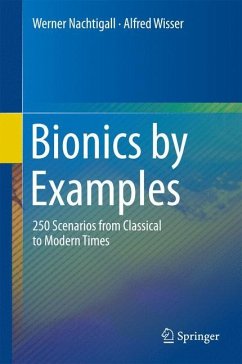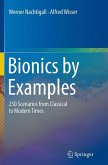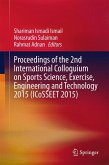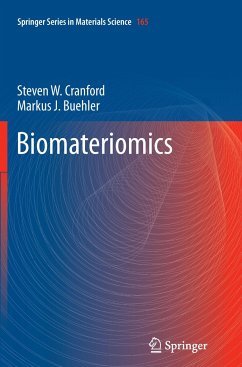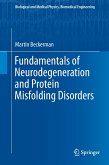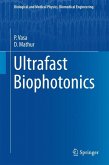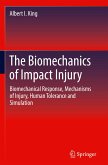Bionics means learning from the nature for the development of technology. The science of "bionics" itself is classified into several sections, from materials and structures over procedures and processes until evolution and optimization. Not all these areas, or only a few, are really known in the public and also in scientific literature. This includes the Lotus-effect, converted to the contamination-reduction of fassades and the shark-shed-effect, converted to the resistance-reduction of airplanes. However, there are hundreds of highly interesting examples that contain the transformation of principles of the nature into technology. From the large number of these examples, 250 were selected for the present book according to "prehistory", "early-history", "classic" and "modern time". Most examples are new. Every example includes a printed page in a homogeneous arrangement. The examples from the field "modern time" are joint in blocks corresponding to the sub-disciplines of bionics.

